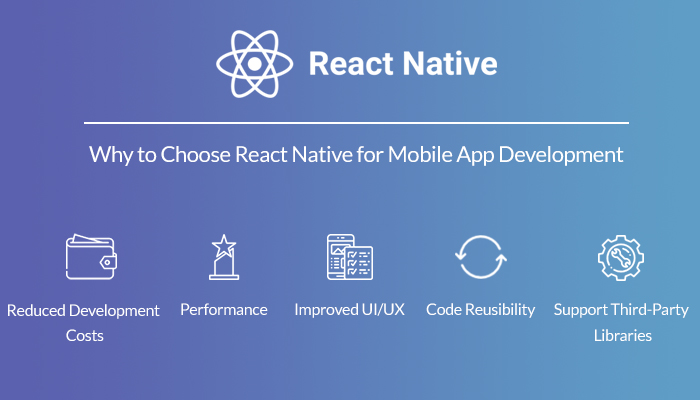In today’s digital age, where smartphones are an integral part of our lives, the demand for innovative mobile applications is higher than ever. Many entrepreneurs and visionaries dream of creating the next big app that will revolutionize the way we live, work, or play. However, having a great app idea is just the beginning. To turn your app idea into a successful product, you need to follow a well-defined process. Let’s explore the key steps involved in this journey.
- Idea Validation: The first step is to validate your app idea. Research the market to determine if there’s a need for your app. Identify your target audience and gather feedback. Understanding your potential users’ pain points and preferences is crucial.
- Market Research: Study your competitors and the existing solutions in the market. Analyze their strengths and weaknesses. This research will help you position your app effectively and identify opportunities for improvement.
- Planning and Strategy: Create a detailed business plan and strategy. Define your app’s core features, functionality, and user experience. Decide on the platform (iOS, Android, or both) and technology stack. Set clear goals and timelines.
- Design and Prototyping: Work on the app’s design, including user interfaces and user experience. Create wireframes and prototypes to visualize your ideas. User feedback during this phase is invaluable for refining your design.
- Development: Hire a skilled development team or outsource the development work. Ensure that your app is built using industry best practices and adheres to design guidelines. Regularly test and iterate to fix bugs and improve performance.
- Testing: Rigorous testing is essential to identify and rectify any issues or inconsistencies. Conduct alpha and beta testing with a group of users to gather feedback and make necessary adjustments.
- Launch: Plan your app’s launch carefully. Prepare marketing materials, create a landing page, and set up social media profiles. Consider soft-launching in a smaller market to gather more user feedback before the full launch.
- Marketing and Promotion: Develop a marketing strategy to create awareness and generate interest in your app. Utilize various channels, including social media, app store optimization (ASO), content marketing, and paid advertising.
- User Acquisition: Focus on acquiring your initial user base. Offer incentives, run promotional campaigns, and explore partnerships to attract users to your app. Leverage analytics tools to understand user behavior.
- Feedback and Iteration: Continue to gather user feedback and use it to enhance your app. Regularly release updates to address issues and introduce new features. Building a loyal user base is an ongoing process.
- Maintenance: Even after your app is successful, don’t neglect maintenance. Keep it up to date with the latest OS versions and security patches. Ensure that it remains a reliable and enjoyable experience for users.
In conclusion, turning your app idea into a successful product is a rewarding but challenging journey. It requires careful planning, continuous learning, and adaptability. Remember that the process doesn’t end at launch; it’s an ongoing cycle of improvement and growth. With dedication and the right approach, you can transform your app idea into a thriving product that makes a real impact in the digital world.





